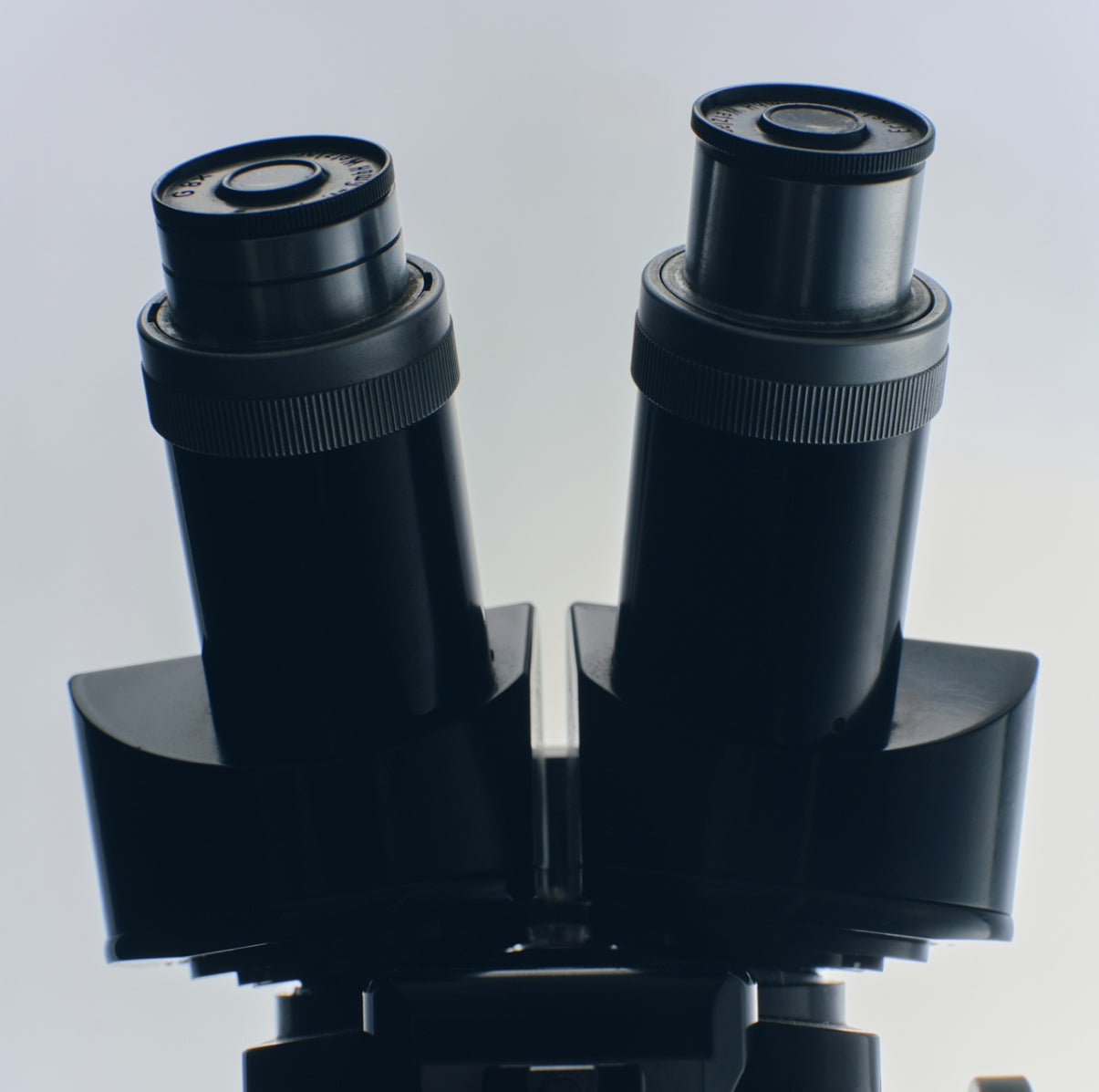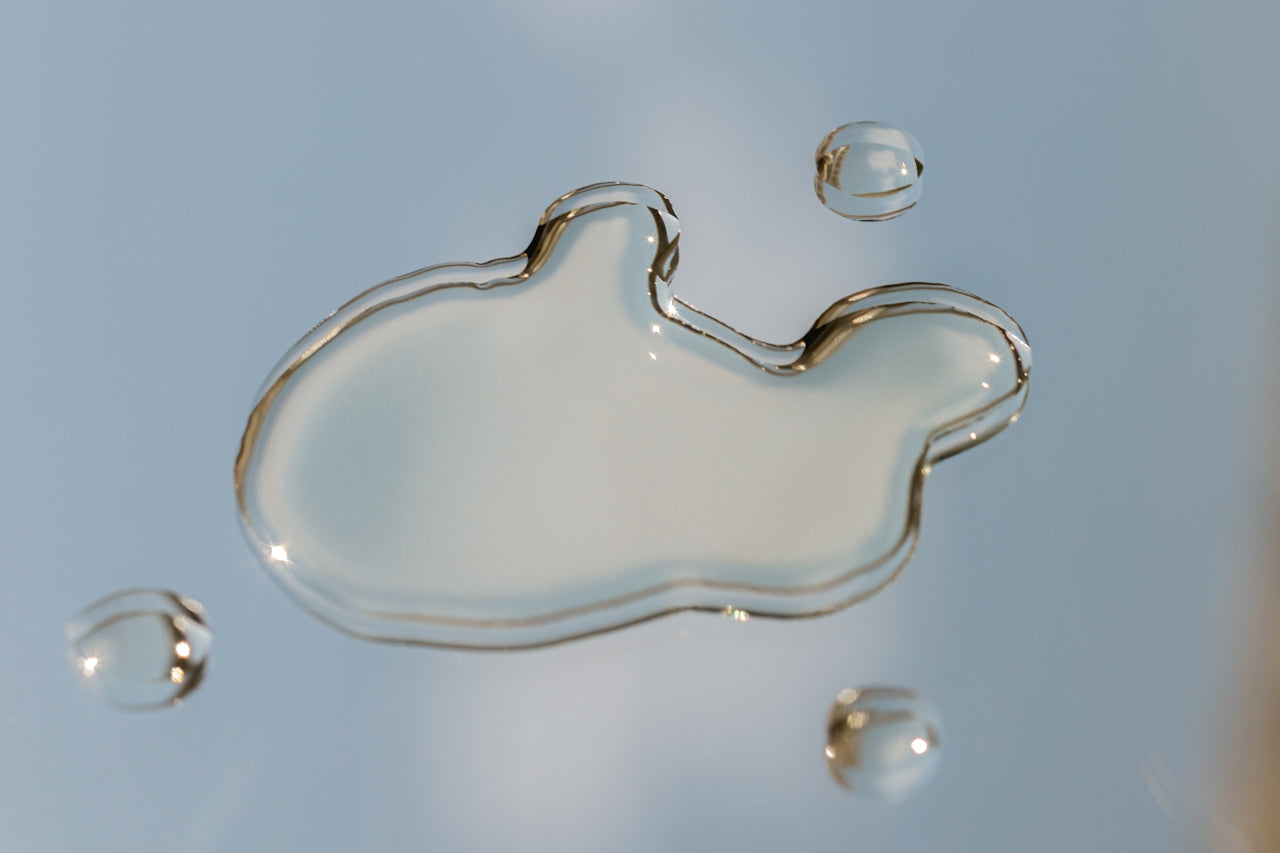If you look closely at skincare claims, you’ll notice that most fall into two categories — ingredient-level claims and formula-level claims.
Ingredient-level claims
These rely on studies conducted by the supplier of a specific active ingredient. The ingredient is tested under optimal conditions — correct pH, compatible base, right concentration, and stability controls. If a brand replicates those same conditions in the final formula, the ingredient is expected to perform as shown in supplier studies.
Examples of ingredient-level measured claims:
- “0.5% Retinol increased cell turnover by 35% in 8 weeks.”
- “Niacinamide at 5% reduced hyperpigmentation by 21% after 12 weeks.”
These statements describe measured changes observed under controlled lab conditions for that ingredient — not necessarily the same formulation you’re buying.
Formula-level claims
Formula-level testing assesses the complete finished product — exactly as it will reach consumers. This ensures that the final blend of actives, stabilizers, carriers, and textures performs as intended when used in real life.
Examples of full-formula measured claims:
- “Clinically proven to increase hydration by 72% after 4 hours.”
- “Wrinkle depth reduced by 18% after 8 weeks, measured via 3D imaging.”
Neither approach is inherently better; it depends on purpose. If you’re addressing one specific concern, ingredient-based testing may suffice. But for a multitasking daily routine, full-formula testing provides a clearer picture of how everything works together.
At Flout, we believe in building everyday hero products that address broad, long-term skin goals like hydration, barrier strength, radiance, and resilience while leaving room to supplement with focused treatments when needed.









